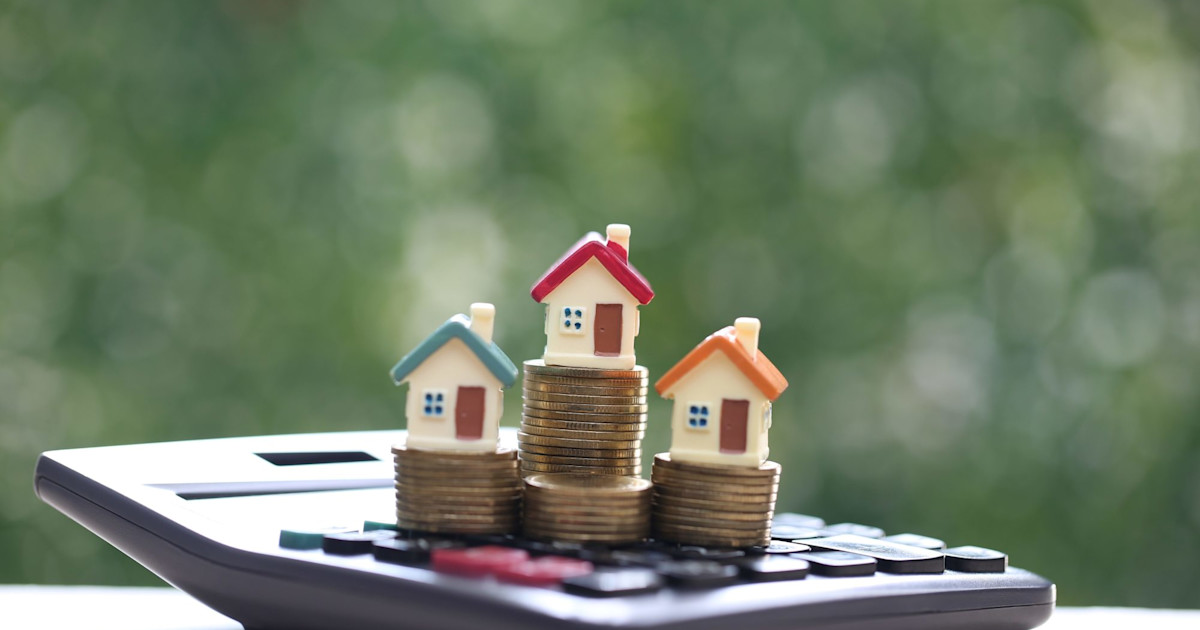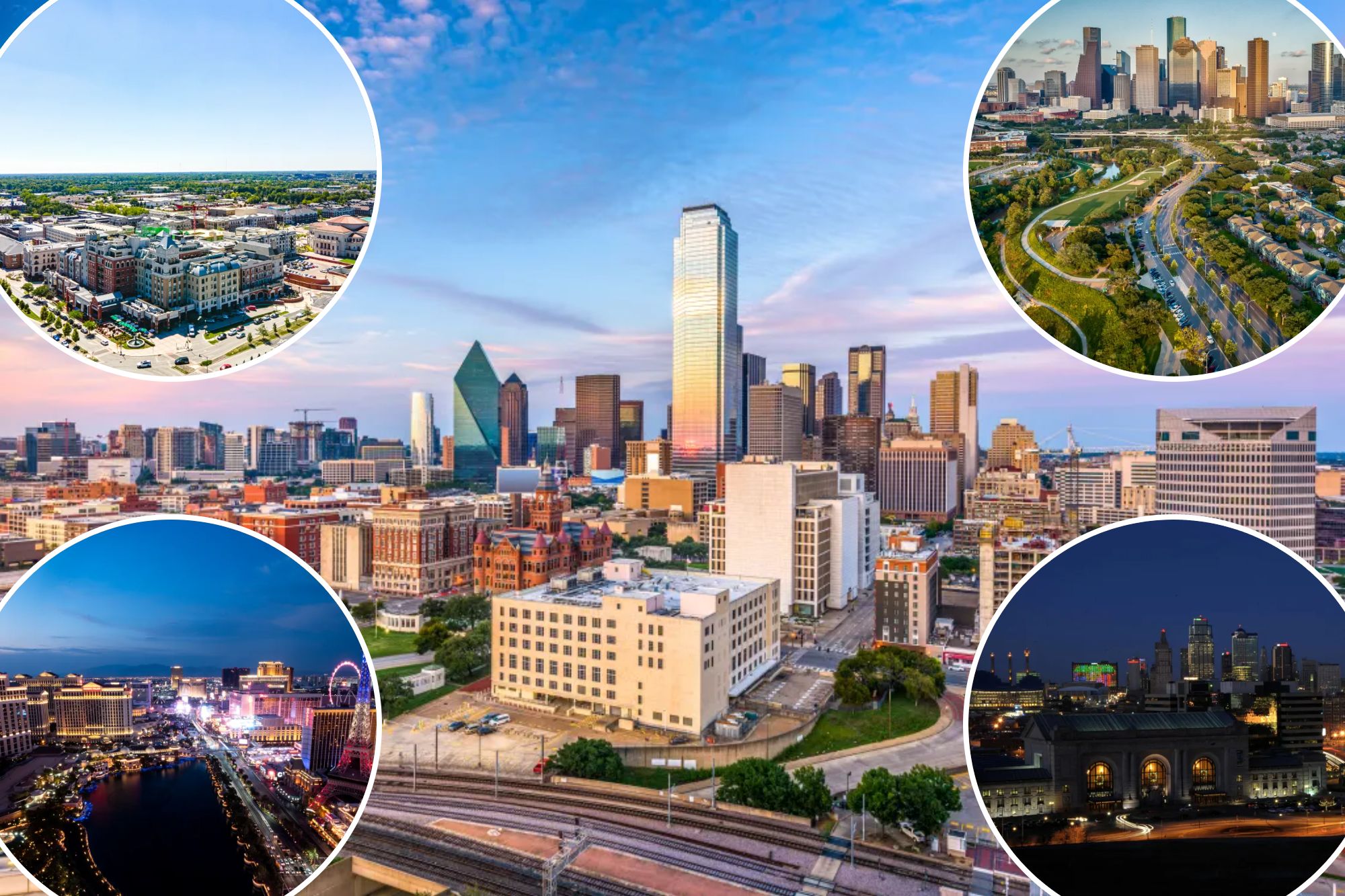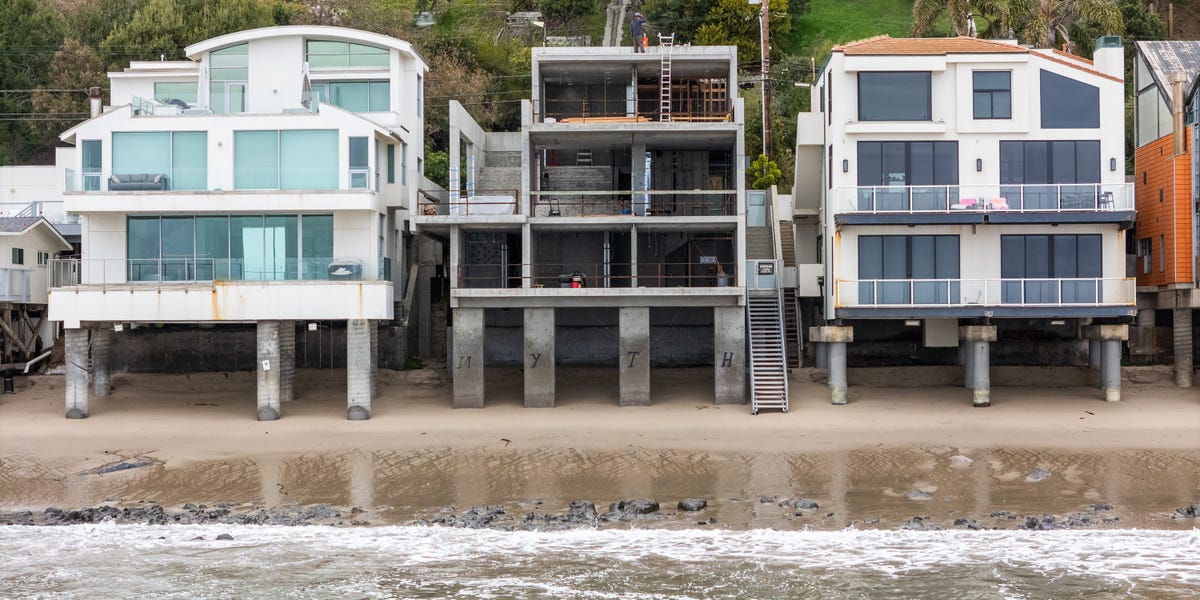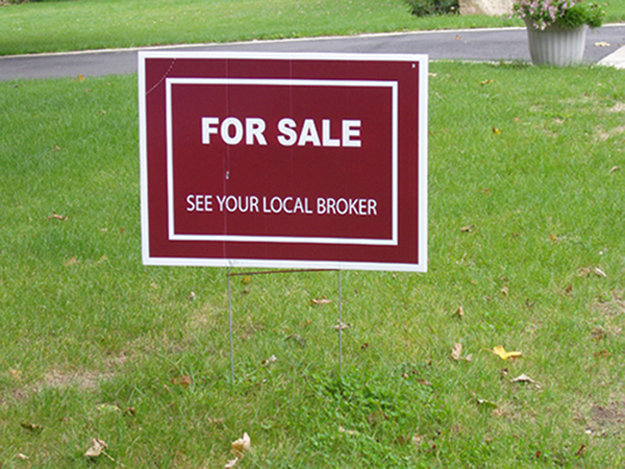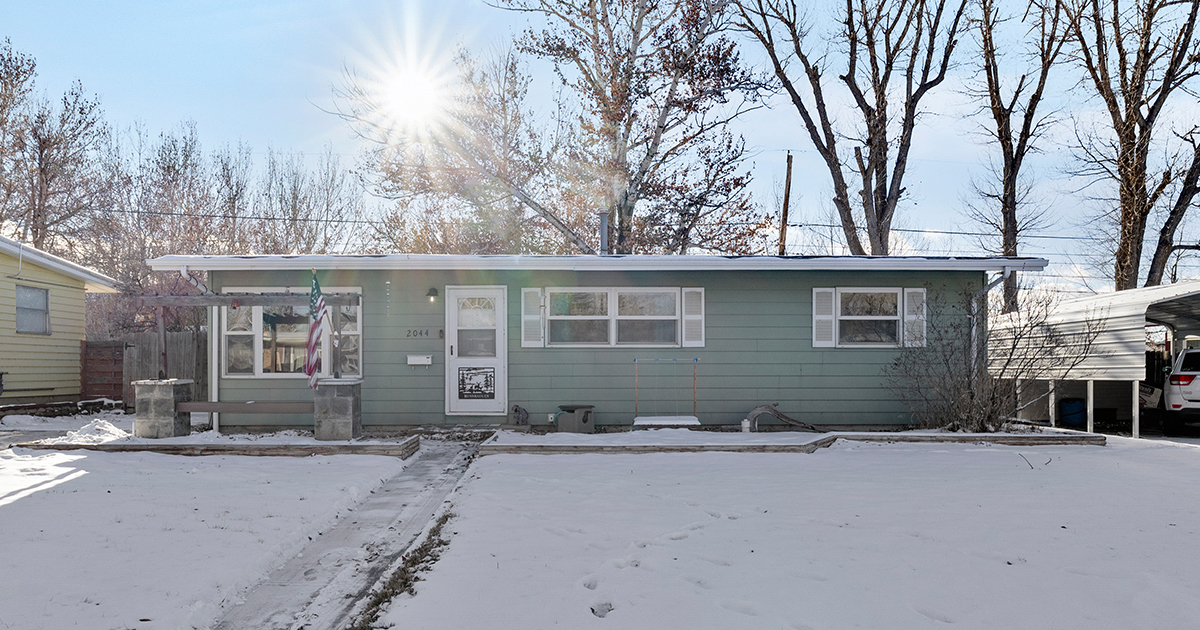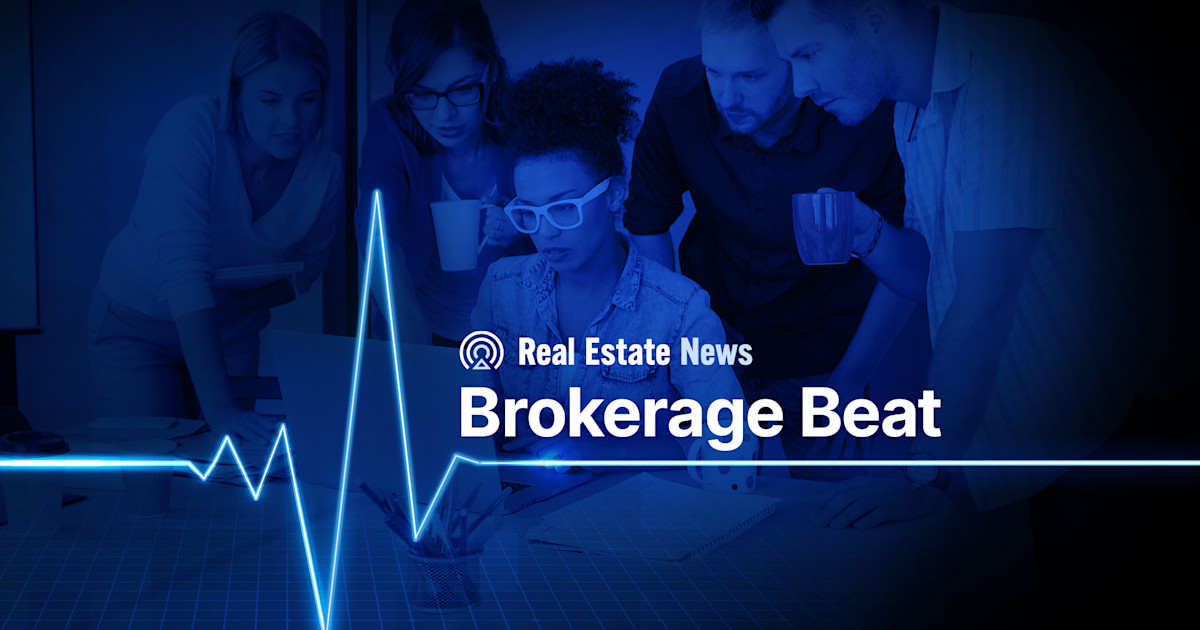M
ortgage rates have eased slightly, yet they remain high enough that homeownership is still out of reach for many. From May through August, the median‑income share required to cover a typical mortgage payment hit 47 %, the highest level in over two decades and the first time it has stayed above the 30 % affordability benchmark set by HUD for more than four years.
The steep rise in home prices over the past four years is the main culprit, but rising insurance premiums and property taxes have compounded the problem. In August 2021, the median monthly costs for insurance and taxes were $127 and $343, respectively; by August 2025 those figures had climbed to $210 and $426.
Regional trends show a widening gap in affordability. First American’s September Home Price Index revealed that 19 of the 30 largest markets experienced year‑over‑year price declines, signaling that buyers in more areas are gaining leverage. The market has entered a 10‑month streak of slowing annual price growth. While Cincinnati, New York City and Cambridge, Massachusetts saw gains of 8.4 %, 5.1 % and 3.9 % respectively, Oakland, California dropped 7.4 %, and Tampa, Phoenix and Riverside saw declines of 5.9 %, 4.5 % and 3.6 %.
The shift toward a buyer‑favorable market is also reflected in financing patterns. All‑cash offers have fallen to just under 29 % of transactions in August, down from nearly 35 % when rates peaked in late 2023. First‑time buyers now face less competition from cash‑rich bidders, giving them more negotiating power. However, the average down payment has risen to $70,000 in August, a 6.1 % year‑over‑year increase and the highest recorded by Redfin. This trend favors buyers with stronger financial footing and job security, while still opening opportunities for newcomers who can’t afford large down payments but benefit from a less crowded market.
